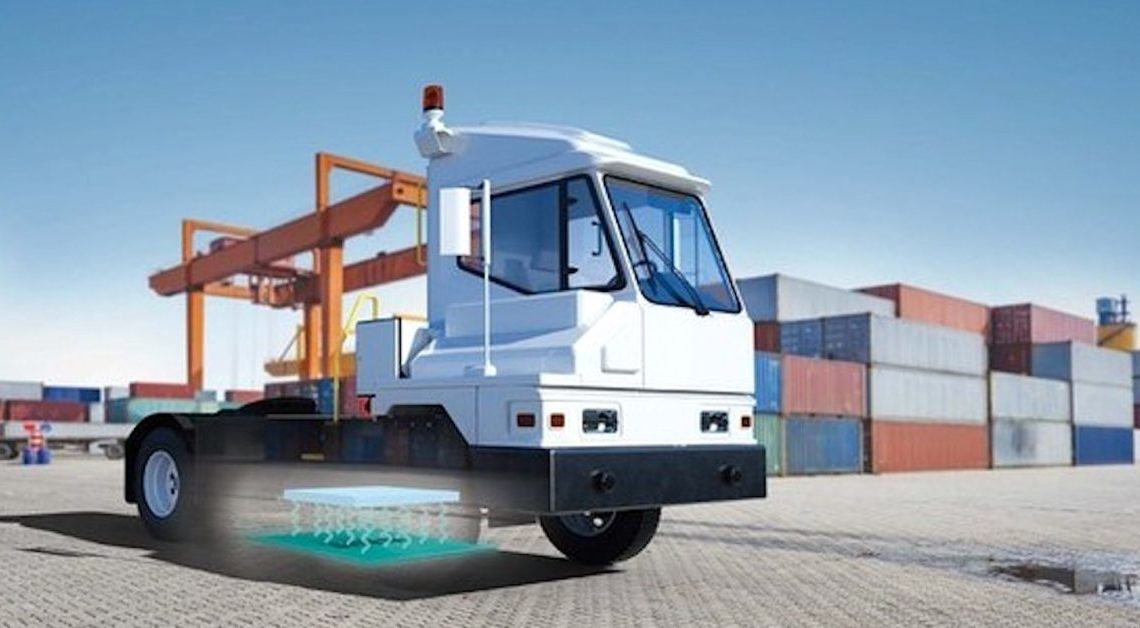
The wireless charging experts at Ideanomics’ WAVE division want you to remember that high-speed inductive EV charging is ready for prime time – even in extremely cold weather conditions.
WAVE uses a charging “plate” that’s embedded beneath the surface of the road, and works with a second charging plate on the bottom of the vehicle to transmit current to the vehicles’s battery through induction (read: magnets). Several such plates are now in place at the Port of Long Beach and Port of Los Angeles, aimed at mitigating emissions. This initiative acknowledges the transportation industry’s historical status as the largest contributor (27%) to greenhouse gases in both the US and Europe.
In the case of the Port of Los Angeles, 125 kW, 250 kW, 380 kW, and even 500 kW stalls are already in place – which is all well and good for Los Angeles, but how will the system work in regions with more extreme winter weather?
WAVE wireless charging pad

With the backing of an $8.4 million US Department of Energy (DoE) grant, , operating in challenging low-negative temperatures.
Upon completion later this quarter, the WAVE 500kW charging system will provide power to two of Venture’s Class 8 electric semi trucks. Executives from both companies envision this project as a pioneering example of high-power wireless charging enhancing zero-emission capabilities in cold climates. The system aims to address challenges posed by ice and snow, eliminating the need for handling heavy high-power charging cables in low temperatures and on dangerous, icy surfaces.
“Our demonstration project with Venture Logistics will show that for medium- and heavy-duty vehicles that demand perpetual operations and require charging infrastructure, wireless charging is the most effective solution at scale,” said Robin Mackie, COO of Ideanomics, WAVE’s parent company. “We’re (going to be) demonstrating that electric heavy-duty vehicles can operate continuously, recharging during their regular operations … fleet operators enhance efficiency by eliminating vehicle downtime spent refueling or connecting to a central depot.”
Electrek’s Take
WAVE’s VP of Business Development Ben Auslander was our very first guest on The Heavy Equipment Podcast last summer, and we spent our time together going over all manner of pros and cons related to wireless charging for commercial EV fleets. The biggest surprise for me: how wireless charging can solve union disputes.
Depending on the language specified in a particular union’s employee contracts, the act of physically plugging in an electric truck or yard jockey might be prohibited for stevedores at ports. This restriction can create yet another staffing and labor challenge for port operators and fleet managers. The implementation of a wireless charging pad, either embedded in a parking spot or facilitating charging while a truck waits in line for container handling or port exit, elegantly addresses this issue at the Ports of Long Beach and Los Angeles.
Here’s hoping it can solve that problem at -10°, too.
Author: Jo Borrás
Source: Electrek



